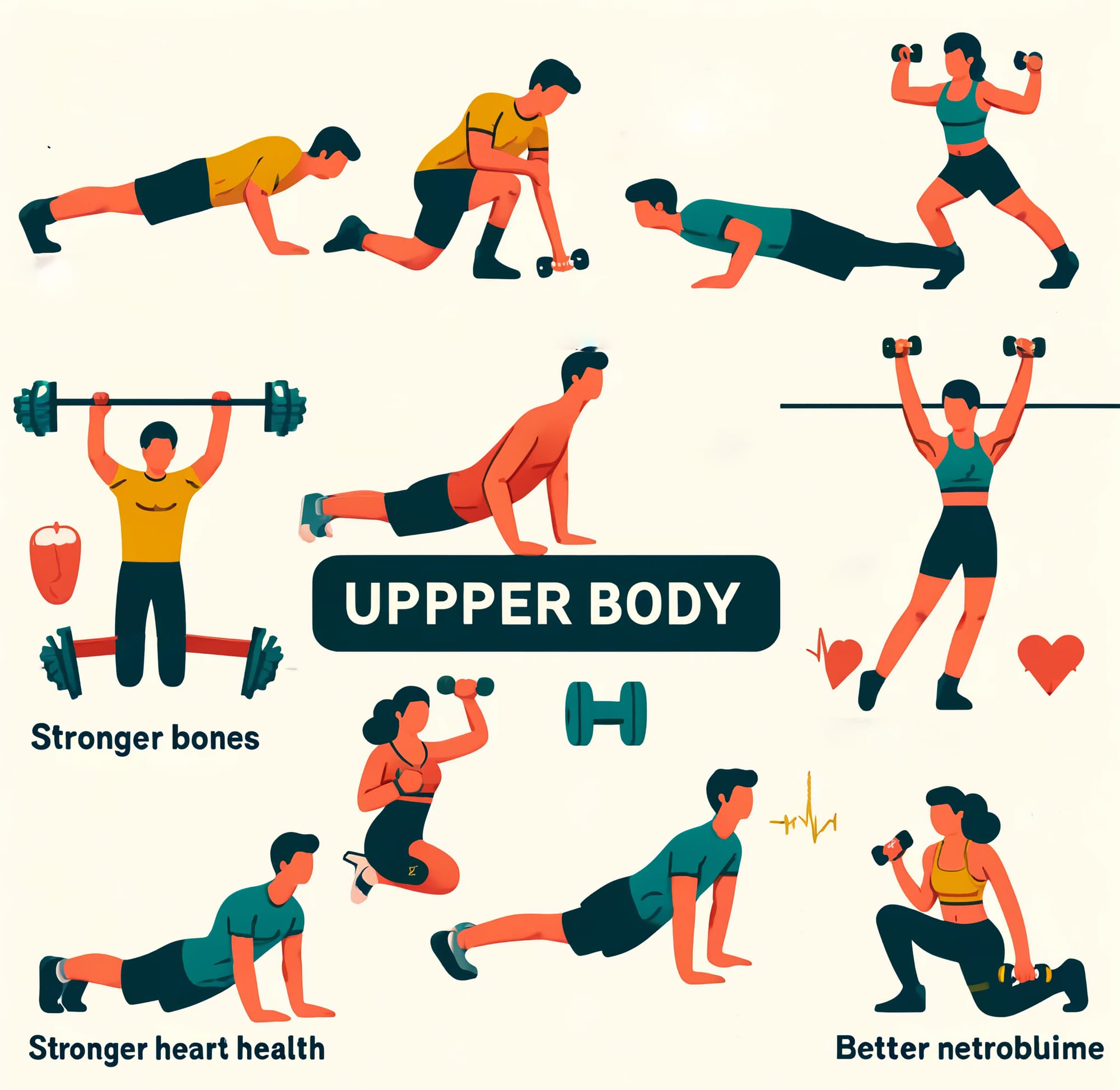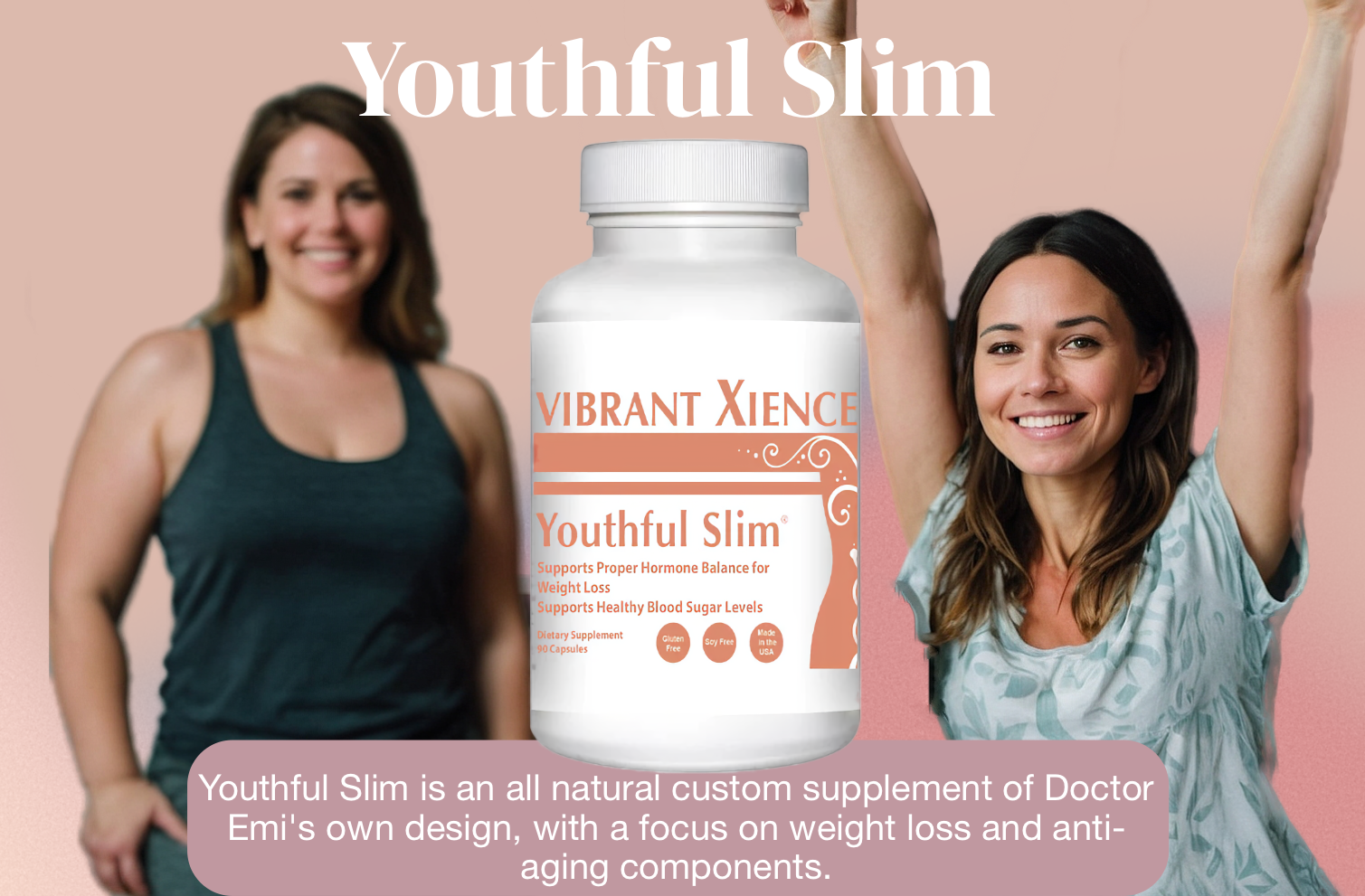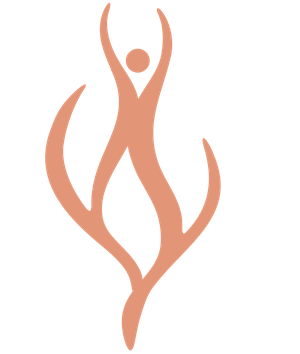In the world we navigate daily, our bodies undergo a variety of physical demands, from climbing stairs to lifting groceries. Functional fitness targets our ability to perform these everyday activities with ease, emphasizing practical exercises that build strength, balance, and flexibility.
By focusing on movements that are natural and required for daily tasks, we can enhance our quality of life and reduce the risk of injury. These workouts may include squats, lunges, and lifts—exercises that mimic real-life movements.
We understand that making time for fitness can be challenging. That's where functional fitness training comes into play; it's designed to fit into our lives, not the other way around. This approach to exercise ensures that the time we spend working out directly benefits the physical activities we encounter outside the gym. For instance, a squat is not just an exercise—it's preparation for the simple act of sitting down and standing up, which is essential for independence as we age.

Ultimate Cell Energy
Unlock your brain's potential with Ultimate Cell Energy. This unique formula is crafted to boost brain performance and maintain brain health, so you can stay sharp and focused every day.
Functional fitness exercises aren't about isolated muscle movements or sticking to a single station in a gym. Instead, it's about training the body to work as a whole. By simulating common movements such as pushing a door, pulling a drawer, or carrying a heavy load, we prepare our bodies for real-world challenges.
Such training not only improves overall physical performance but also supports our ability to tackle everyday tasks with greater ease and confidence.
Foundations of Functional Fitness
It is rooted in the idea that our workouts should serve us in day-to-day life, focusing on movements and strengths that are applicable outside the gym. We are going to explore the basics of functional fitness and grasp what it truly means to train in a way that complements our natural activities.
Understanding Functional Fitness
Functional fitness is about preparing our bodies for real-life movements and activities. It's a type of exercise that enhances our ability to perform daily tasks, whether that's carrying groceries, climbing stairs, or playing with our kids.
These workouts improve our mobility, flexibility, and posture, targeting muscles used in everyday life. We train not just for appearance but for improved functionality, which includes increasing our strength and stability to better handle real-world situations.

Key Components of Functional Training
When we engage in functional training, we focus on several key components that contribute to a well-rounded fitness regimen:
- Strength: Fundamental to improving our ability to move and lift objects.
- Balance: Essential for maintaining stability during dynamic activities.
- Core: The foundation for all movement, a strong core supports better posture and balance.
- Movements: Functional training emphasizes multi-joint and multi-muscle exercises like squats, lunges, pushing, and pulling.
- Mobility and Flexibility: Involves exercises that allow us to move our joints through their full range of motion.
By incorporating these components, we aim to build a fitness routine that translates into our daily lives, making every physical demand we face easier and less susceptible to injury.
Essential Functional Exercises
Incorporating functional exercises into our fitness routine ensures we build strength and skill applicable to everyday movements. These exercises focus on multiple muscle groups simultaneously, offering us efficient and effective workouts.

Upper Body Essentials
For the upper body, we emphasize movements that engage the chest, shoulders, back, and arms. Push-ups are fundamental; by varying the hand position, we can target different muscles. Incorporating inverted TRX rows or bent-over rows with dumbbells supports back strength and shoulder stability. Pull-ups are also excellent for developing our upper body and can be adjusted for skill level with assistance bands.
- Push-ups: Engage chest, shoulders, and core.
- Inverted TRX Rows: Target the back and improve shoulder health.
- Pull-Ups: Strengthen the entire upper body.
Lower Body Essentials
Our lower body benefits from exercises such as squats and lunges. The goblet squat is a versatile move, offering us a compound exercise that builds functional strength through a fundamental movement pattern. Lunges, including the reverse and lateral lunge, replicate the balanced and coordinated efforts needed in everyday tasks.
- Goblet Squat: Trains squatting mechanics with added resistance.
- Reverse Lunge: Focuses on stability and unilateral strength.
- Lateral Lunge: Improves our side-to-side movement capabilities.
Core Strengthening and Stability
A strong core is the foundation for overall functional strength. The plank is a staple for core development—it tests our endurance and reinforces our torso stability. To diversify, we can add dynamic movements like the bear crawl, which combine core engagement with coordination.
- Plank: Essential for core stabilization and endurance.
- Bear Crawl: Develops coordination and engages the entire core.
Our focus on these exercises helps us build a routine that translates to real-world capability, ensuring we have a solid foundation of strength and mobility for our daily lives.
Creating a Balanced Workout Routine
When we craft a functional fitness routine, it's crucial to ensure it's well-rounded, targeting multiple muscle groups and including various exercises that promote both muscle strength and endurance.
Designing Your Functional Fitness Program
We begin by selecting functional fitness exercises that emulate everyday movements. Compound movements like deadlifts and squats are essential—they engage multiple muscle groups simultaneously, laying a foundation for strength. Our program incorporates free weights, sandbags, and resistance bands to mimic real-world activities. By using these tools, we not only build muscle but also enhance our muscular endurance—our ability to perform over time.
- Upper Body:
- Push-ups
- Pull-ups
- Lower Body:
- Goblet squats
- Lunges
- Core:
- Planks
- Russian twists

Incorporating Variety and Progression
For our workouts to remain effective, we must incorporate variety and progression. That means we keep challenging our bodies by introducing new exercises or increasing resistance and intensity. High-intensity interval training (HIIT) is great for this—it combines bursts of intense activity with intervals of lighter work, which can significantly boost our fitness levels. We cycle through different resistance training methods and progressively add more challenging variations to prevent plateaus.
- Variety:
- Alternate between different functional fitness workouts each week.
- Switch up the resistance tools.
- Progression:
- Gradually increase the weight of free weights and sandbags.
- Incorporate more difficult versions of exercises.

Recovery and Consistency
Our progress hinges on two vital components: recovery and consistency. Adequate rest between sessions allows our muscles to repair, which is vital to increase strength and avoid injury. But to progress, we must also be consistent. We aim for regular workouts—about 3-4 times per week—to ensure that every muscle group gets attention and our endurance steadily increases.
- Recovery:
- Include at least one rest day between high-intensity workouts.
- Employ light activities, like walking or yoga, on recovery days.
- Consistent:
- Set a workout schedule and stick to it.
- Keep track of your workouts to monitor progression and adherence.
Maximizing Functional Fitness Outcomes
To truly benefit from functional fitness, we must focus not just on the exercises themselves but also on how we can maximize these outcomes throughout our lives. This means incorporating injury prevention strategies, enhancing our ability to perform everyday tasks, and setting long-term goals that keep us motivated and on track.
Preventing and Managing Injuries
The cornerstone of any successful fitness regimen is injury prevention. We must be vigilant in learning proper techniques for movements like squatting, bending, and twisting to avoid undue stress on our bodies. Incorporating exercises that strengthen our stabilizing muscles can make us more resilient and help prevent injuries. For example, yoga can improve our balance and coordination, which are crucial for injury prevention.
- Warm-Up Routines: Always begin with dynamic stretching to prepare the body.
- Technique Focus: Prioritize form over weight or intensity to reduce injury risk.
Enhancing Everyday Performance
Our goal is to enhance our daily life through improved motor function and endurance. To do this, we integrate movements in our workouts that mimic real-life activities such as carrying groceries, climbing stairs, or playing with our kids. This practical approach not only increases our physical capabilities but also ensures that we can perform these activities with ease and without fatigue.
- Functional Movements: Include deadlifts and farmer’s walks to simulate carrying heavy loads.
- Endurance Conditioning: Exercises like running and circuit training improve cardiovascular health.
Long-term Functional Fitness Goals
Sustaining muscle mass and power as we age is essential in preserving our quality of life. By setting achievable, challenging goals, we keep ourselves motivated and driven to improve our functional fitness. Whether it's being able to complete a pull-up or improve our weight training performance, these targets give us direction and a sense of accomplishment.
- Progress Tracking: Keep a log of your workouts and progress to stay motivated.
- Variety in Training: Regularly change your workout routine to continue challenging your body and prevent plateaus.
In the end, functional fitness isn't about bulking up or sculpting a physique for the magazines. It's about building a body that serves you in the real world. A body capable of not just working out, but working - carrying heavy loads, climbing stairs, and keeping up with your kids or grandkids' boundless energy.
So embrace functional fitness not just as an exercise routine, but as a vehicle for crafting a lifetime of adventures big and small. After all, our bodies are truly the only piece of equipment we need to navigate this wild, wonderful journey called life. Why not make sure yours is trail-ready? Follow the Vibrant Body System at https://blog.vibrantxience.com/ for more on functional fitness.
I hope you enjoyed the article and the value I am trying to provide if you have special requests or want to say HI, you know how to find me 🙋, till then stay Vibrant!





